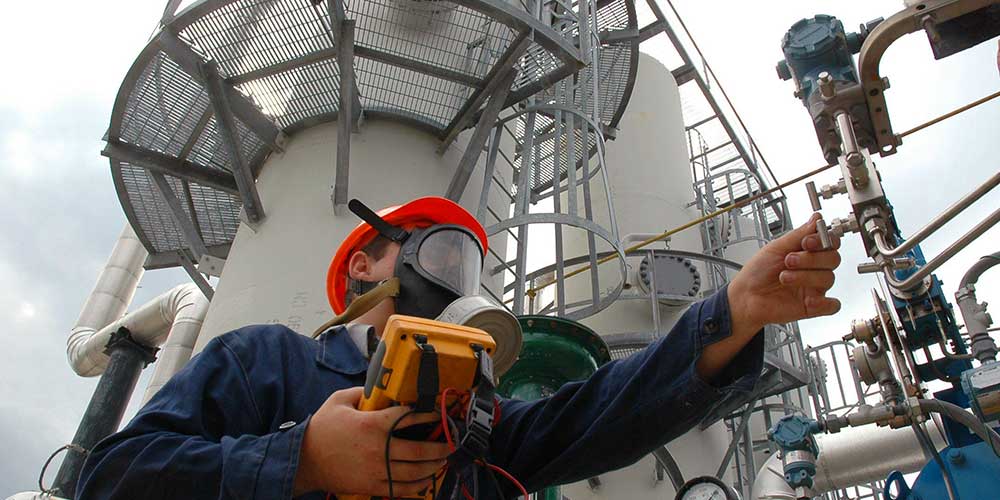
Changes in Special Provision 23
One aspect of the International Harmonization amendment (SOR/2017-137) of the Canadian Transportation of Dangerous Goods Regulations (TDGR) that did not receive a lot of attention is the change in Special Provision 23. This special provision (SP) deals with the assignment of markings on containers and descriptions on shipping documents for entries related to goods which exhibit inhalation toxicity. Although the basic concept for classification remains the same- i.e. gases in Class 2.3 and Class 6.1 with associated inhalation toxicity. The majority of the latter are in PG I, but there are several PG II entries invoking SP23).
Marking – Keep It Simple?
A significant difference is the change in wording applied to means of containment (MoC). Following the transition period, markings required under SP23 must read “inhalation hazard” for all entries except UN 1005 (anhydrous ammonia). This eliminates the previous options of either “toxic by inhalation” or “toxic-inhalation hazard” (TBI or TIH).
UN1005 retains the previous wording “Anhydrous Ammonia, Inhalation Hazard” when the option of using the ammonia placard (rather than Class 2.3) is chosen. However small MoC of UN1005 will use the standard Class 2.3 label and “inhalation hazard” wording.
Size Matters
Letter Size
The new SP23 simplifies things somewhat by referencing the specific sections of Part 4 that apply- i.e. 4.18.2 for UN1005 and 4.23 for the rest. These sections include specifications for the height and “width” of letters depending on the type of MoC.
Note: presumably the “width” refers to the strike width, not the actual total letter width!
Documentation Not Affected
Despite the changes above, the wording required on a shipping document under SP23 remains the same. SP23 now just references TDGR Part 3, specifically 3.5(1)(c)(vii), for the wording. This paragraph was not affected by SOR/2017-137 and still requires the TBI or TIH options.
Note also that the requirements for SP106 regarding petroleum crude oil with high hydrogen sulphide were not affected by the amendment. The previous wording options will continue to be required for UN1267 or UN3494 meeting the inhalation toxicity criteria (note that “sour crude” is termed such based on its total sulphur content. Sulphur can be present bound to carbon, as elemental sulphur or hydrogen sulphide- only the latter affects the SP106 status. The current review of sour crude oil, outlined in the discussion paper for a proposed “Canadian Update Amendment, expected in Canada Gazette I by year end, may revise this entry in the future.
INHALATION HAZARDS TDGR AT 2018-01-12 (SOR/2017-137)
| ASPECT | TYPE | ANHYDROUS AMMONIA UN1005 | OTHER SP23 | CRUDE OIL SP106 (UN1267 or UN3494) |
|---|---|---|---|---|
| WORDING | Small MoC | “inhalation hazard” | Inhalation hazard words not required | |
| Large MoC | “Anhydrous Ammonia, Inhalation Hazard” | “inhalation hazard” | “toxic-inhalation hazard” or “toxic by inhalation” | |
| LETTER SIZE | Small MoC | ≥ 12 mm high | Not applicable | |
| Tank Cars | ≥ 6 mm wide x ≥ 100 mm high | Not specified | ||
| IBC/Portable Tanks | ≥ 4 mm wide x ≥ 25 mm high | |||
| Other large MoC | ≥6 mm wide x ≥50 mm high | |||
| WORDING LOCATION | Small MoC | Next to shipping name | Not applicable. | |
| Large MoC | Two sides | Two opposite sides | “next to the placard for the primary class” | |
| SHIPPING DOCUMENT | Shipping description- all | “toxic by inhalation” or “toxic-inhalation hazard”; following the PG, or, if no PG, the shipping name | “toxic by inhalation” or “toxic-inhalation hazard”; following the PG | |
As always if you should need help understanding the regulations reach out to our regulatory team or give us a call at 888.442.9628 in the USA and 888.977.4834 in Canada.





